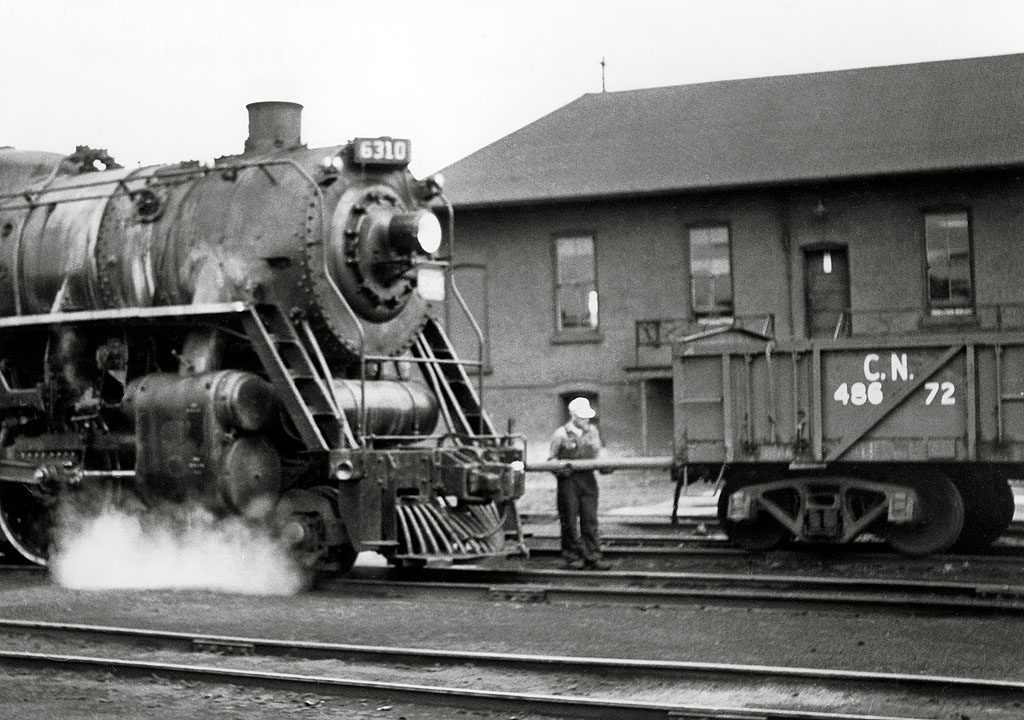A Poling was the once common practice of using a wooden pole to move cars on adjacent tracks. Poling policies differed among railroads, but most had forbidden their crews from engaging in the practice by the 1960s. Interestingly, the Interstate Commerce Commission seems not to have prohibited poling.
Where it was used, poling was an accepted and routine switching method at rail yards. It was a dangerous practice, however, as poles could snap under the strain, presenting a potentially lethal hazard to any people or property nearby. – Peter A. Hansen















The irony is that virtually all railroad equipment had the poling pockets. I am not sure when the pockets were dropped. I am guessing by the 1980s?
I remember talking to a railroader once. He told me his only on the job injury occurred when he was attempting to pole a car and the timber he was using failed.